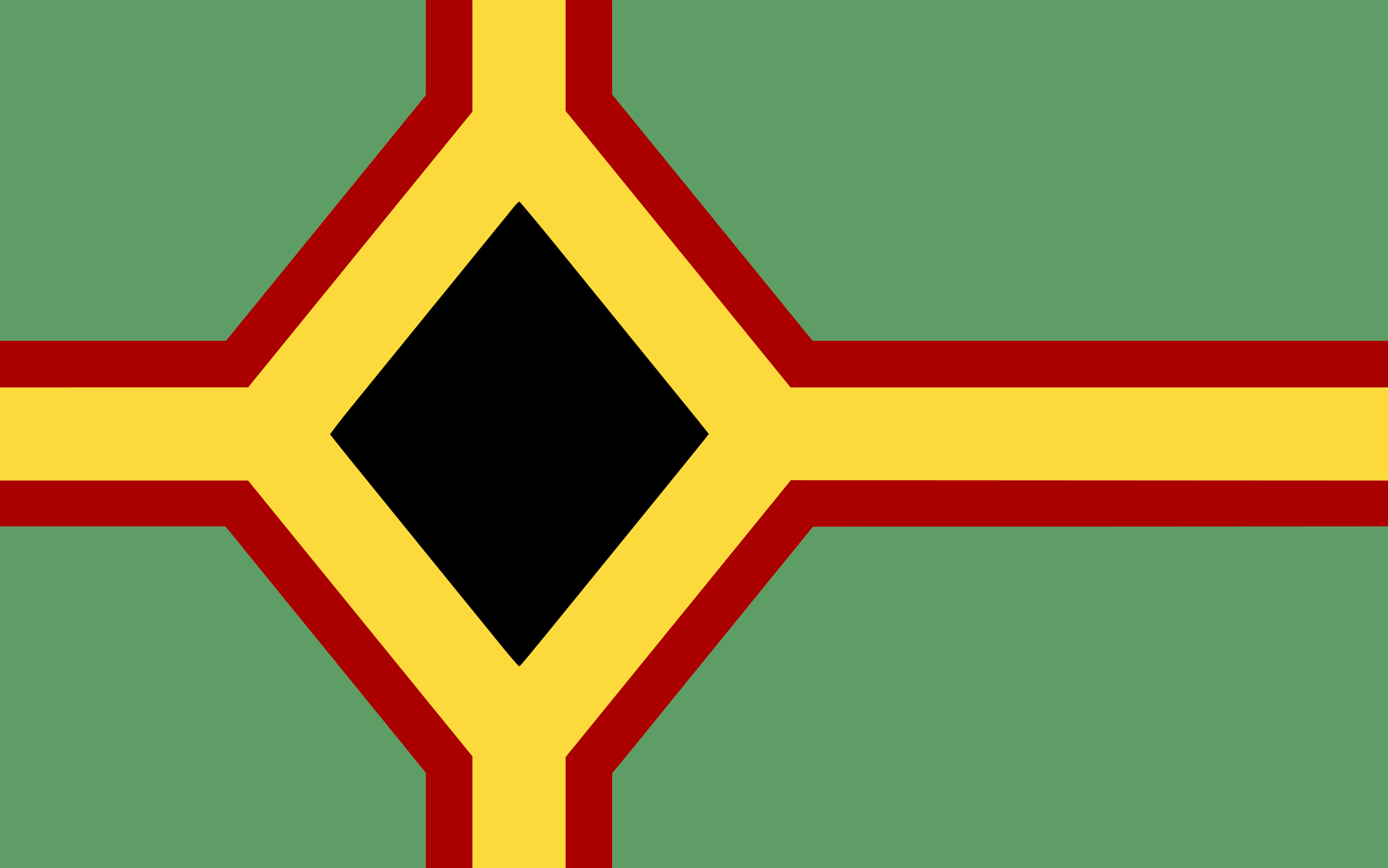Forest Finns
The Forest Finns are one of five national minorities in Norway and have been so since Norway ratified the Council of Europe's Framework Convention on the Protection of National Minorities in 1998.
The Forest Finns came from the east across the Karelian Isthmus and settled in Savolax in the eastern part of what is today Finland. From the 13th century until 1809, Finland was part of the Swedish "kingdom". They practiced the land-intensive agricultural form of slash and burn. The lack of land lead to the Forest Finns migrating eastwards along the conifer forest belt in the second half of the 16th century. First to central Sweden and then on to Norway. The first Swedish forest Finns had state support to build and burn, and the Swedish king enticed with tax-free years for the new clearings, but towards the middle of the 17th century this changed. This was one of the reasons for the increasing movement towards Värmland and Norway.
Finn settlement in Norway began around 1640 and ended a generation later in 1670. In the years after 1670, it was about densification within the established areas. Very few of the Forest Finns in Norway were born in Finland, only a dozen of the 1,200 forest Finns who were registered in the Finnemanntallet in 1686 stated this. The rest were born in Sweden.
The Finns settled over large parts of the eastern region - along the Swedish border from northern Østfold to Trysil, but also as far west as Hadeland and the Drammen area. The migration ended where the coniferous forest belt stops. In the areas along the border between Norway and Sweden, which
were eventually called the Finnskogene, the Forest Finn population became so significant that the language was in use in some places until the middle of the 20th century.
The Forest Finns Flag

The Forest Finns Flag
The Forest Finns got their own flag in December 2022.
Green describes the importance of the forest for the Forest Finns' slash and burn farming culture.
Yellow stands for rye.
Red stands for fire and the sacred tree roe. A color which, together with black, is also found in the flags of Savolax and Tavastland.
Black stands for the soot from the slash and burn and the sooty walls of the smoking rooms, drying houses, and saunas.
The shape of the black field is an old symbol of fertility, used in the Forest Finn culture.
The flag can be ordered in the online shop of the Norwegian Forrest Finn Museum. (Norsk Skogfinsk Museum).
It has also been decided that Forest Finns' Day will be celebrated on the 21st of June.
The rye was planted in the ashes after the slash and burn around midsummer - a necessary action for the East Finns' expansion, food intake and new clearing during the first settlement period.
The summer solstice most often occurs on June 21, and there is also the fertility link in the flag and its strong symbolism for Forest Finn culture.
Skogfinske Interesser I Norge
(our organisasjon - The Forrest Finn Interest organisation in Norway).
We were founded on 5 January 1999 and is a unifying network for Forest Finns interest in Norway. Our organization shall be a common forum and common meeting place for Forest Finn organizations, institutions and individuals.
The network has been established by organizations, institutions and individuals who work mainly and continuously with the Forest Finns culture, as a strengthening tool in this work.
The network must, among other things, function as a common address and common information and communication channel between the community of interest and authorities in connection with the Forest Finns as a national minority in Norway.
In 2023, Forestry Interests in Norway consisted of 13 organizations and institutions, and we represent over 4.000 members.
